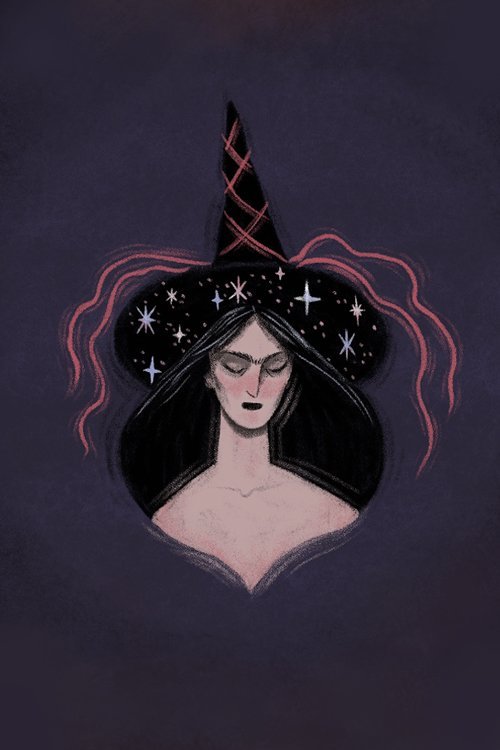There have been many attempts – usually by people in power – to quash our fascination with witches, but all have failed. Witchcraft is all around us, from the pages of novels to films to song lyrics, not to mention the growing number of practising witches.
It is surprisingly challenging to define exactly what a “witch” is because people’s ideas about them have varied greatly across ages and cultures. The benandanti of north-eastern Italy, for example, claimed to fight the evil witches known as the malandanti, but in the eyes of the Inquisition, all were guilty of practising forbidden magic.
In continental Europe, lycanthropy was so strongly associated with witchcraft that being a werewolf was a common accusation at witch trials.
So rather than simply categorizing them based on their intentions, their origin or their gender, we have organized each chapter of The Book of Forgotten Witches according to the witches’ predominant abilities. The ten chapters of the book introduce ten different categories of witches, from curse-bringers, shape-shifters and survivors to revenants, nature witches and fate-turners.
Illustration by Lilla Bölecz.

Leave a Reply
You must be logged in to post a comment.